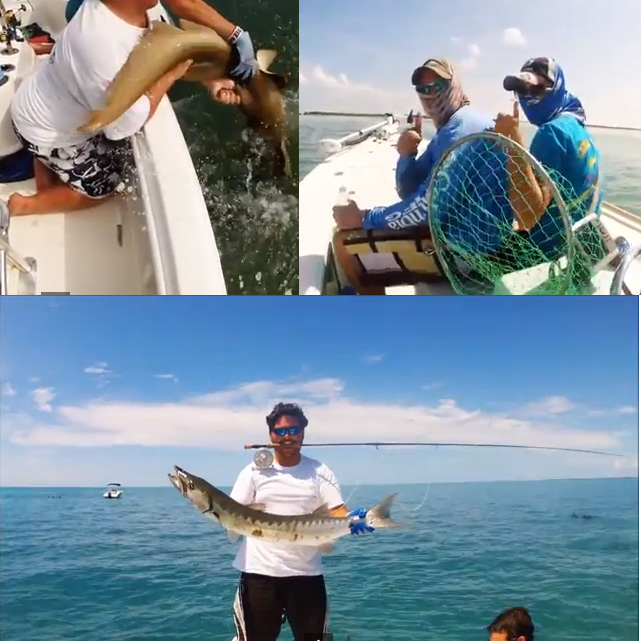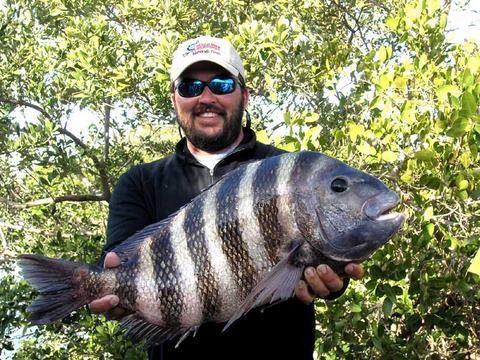As a fishing guide in Sarasota, Florida, my main goal is to catch fish. Most clients are looking for action versus a trophy fish. Many anglers on my boat are novice anglers who fish once a year or so. No other tactic catches more fish and more species easier than chumming with live bait does.
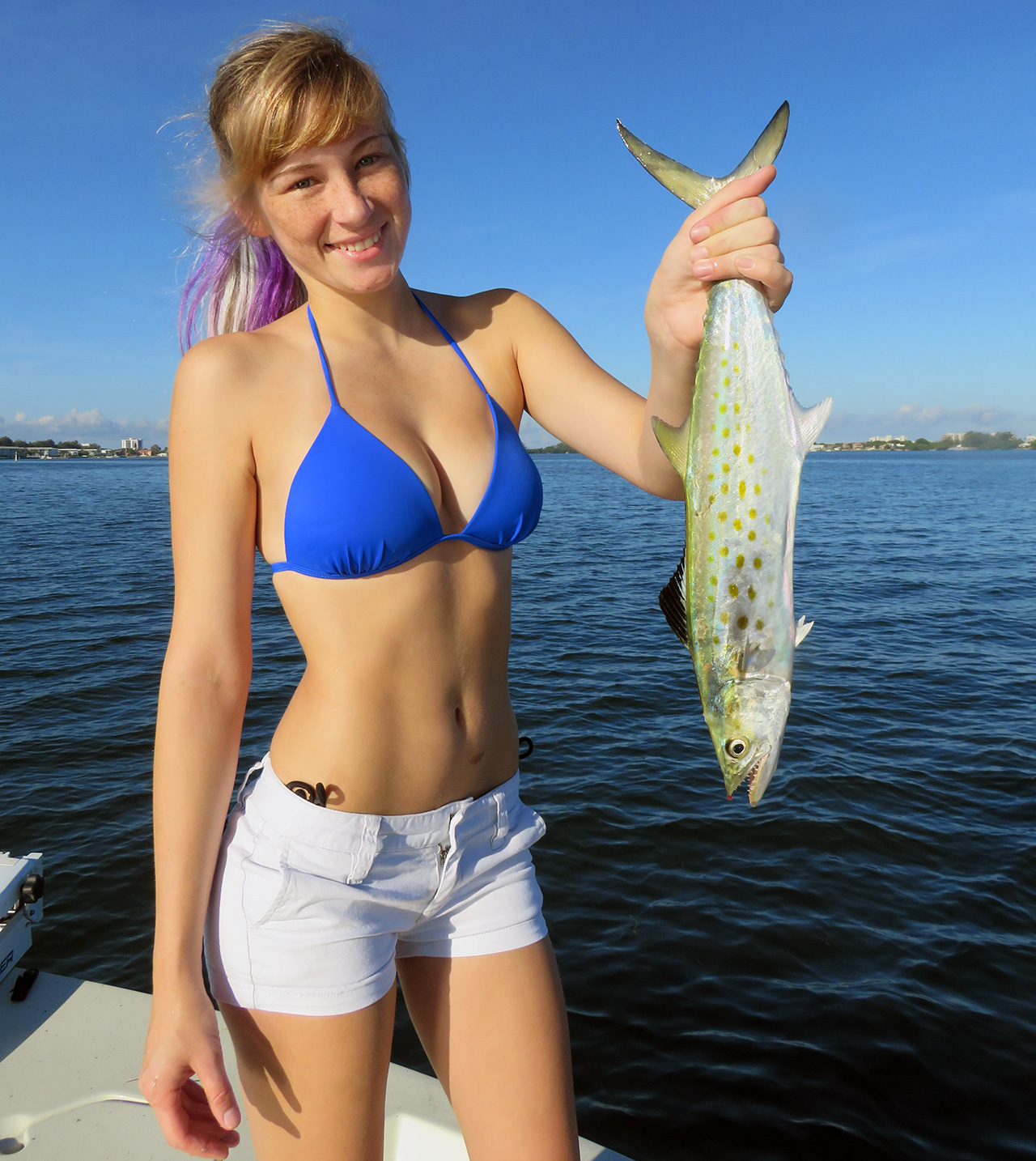
Live bait chumming can be done all year. However, in this area, it is a warm weather tactic. Bait is much easier to catch in the warmer months. Chumming on the deep grass flats will produce speckled trout, Spanish mackerel, bluefish, mangrove snapper, gag grouper, sharks, ladyfish, and more. There is no better technique for catching summertime snook.
Chumming is the act of using other fish, usually dead, to attract larger fish to the boat. Many anglers associate this with shark fishing. However, chumming with live bait can be an incredibly productive technique. It does require a lot of bait a a bit of specialized equipment.
A large live well with a high volume pump is required for live bait chumming. Anglers will need a LOT of bait that must be kept alive and frisky. This technique is often used in the summer when the water temperature is in the mid to upper 80’s. Bait wells with rounded sides are important; they will keep the bait and the water moving.

The first point of order is to catch the bait. This can be more difficult that catching fish at times! Bait fish are usually thick on the shallow grass flats close to the passes. On calm morning they can be caught along the beaches. An incoming tide in the morning is the best and easiest time to catch bait. They are often seen “dimpling” on the surface on the up-tide edge of a flat. Even on the outgoing tide, bait will stage up-tide of the grass edge.
Birds can be a great indicator of bait fish being present. Pelicans diving are a sure sign of bait. If the bait is hard to see or is scattered out, it can be chummed up. Yes, chum for the chum! Simply anchor and begin tossing small balls of chum until bait fish show up. Canned mackerel and wheat bread works great. Bulk tropical fish food and commercial chum is available as well.
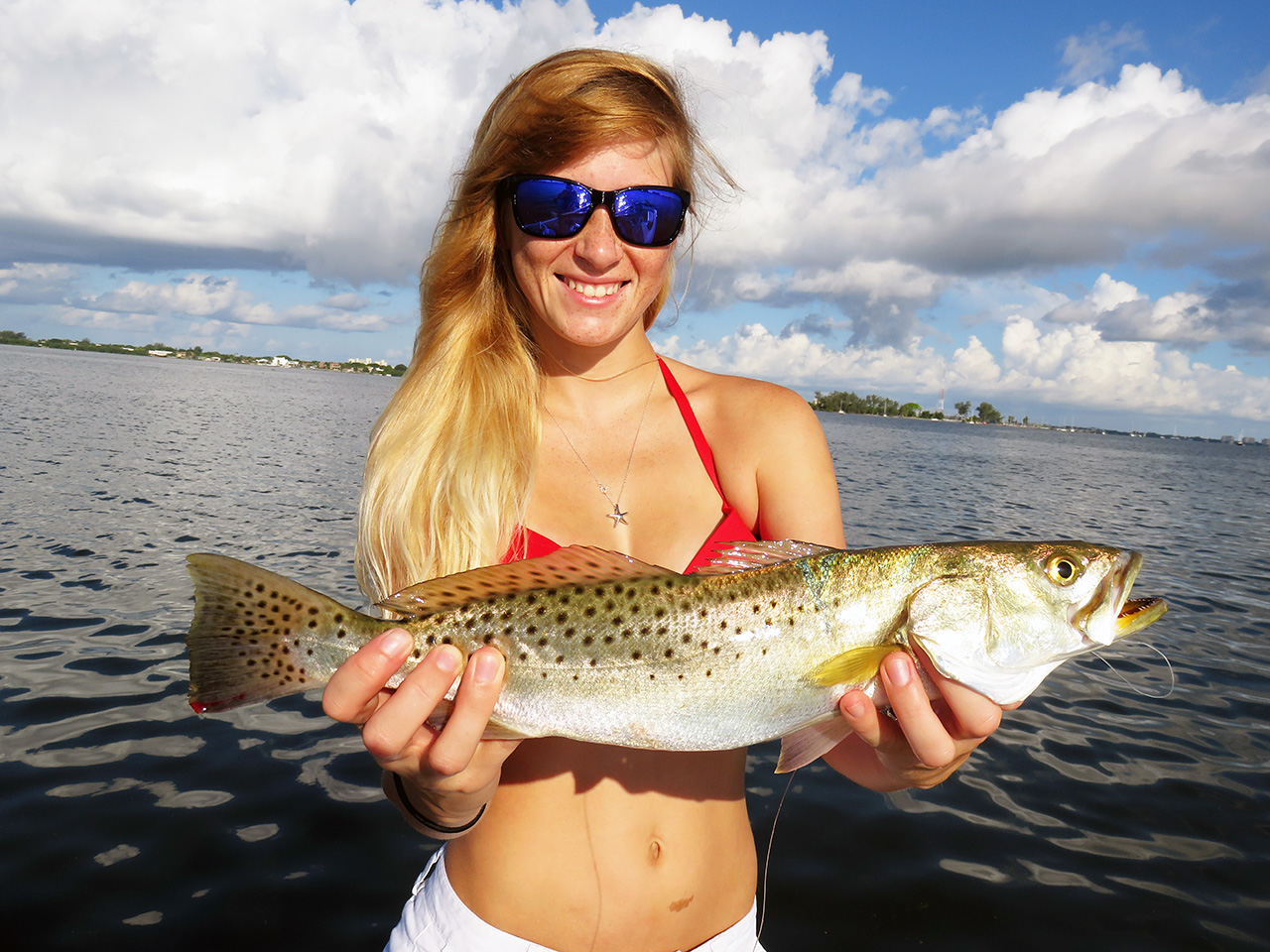
Not all bait is created equal. The preferred bait by most anglers is the scaled sardine, AKA “pilchards”. They are the hardiest of the shiny bait fish. Threadfin herring are great baits, but are harder to keep alive. Spanish sardines are effective baits, too. Bait size is an issue as well. Small bait may get caught up in the net. 2” to 3” bait is perfect for the deep grass flats. Larger baits are desired for targeting snook.
Obviously, anglers will need a cast net and the ability to throw it. Nets come in different diameters and mesh size. 1/4” is a good mesh to catch all sized bait in shallow water. 8′ nets are a good size for novice cat-netters, but experienced anglers will go as large as 12′.
Once bait is procured, it is time to go fishing! Fishing the deeper grass flats is productive and pretty easy. I simply choose a flat where the wind and tide are moving in the same direction. I then anchor up tide of the area I want to fish, and begin chumming. I will take a dozen baits and squeeze them in my hand. This cripples the bait and results in the bait swimming erratically on the surface. This is ringing the dinner bell!
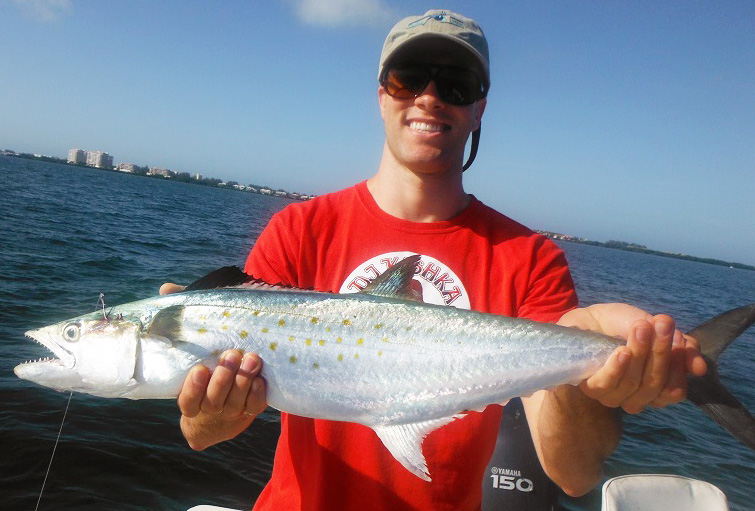
If there are game fish in the area, it won’t take them long to home in on the buffet. Often times they will be seen “popping” the helpless bait on the surface, but not always. So, I start fishing even if fish are not seen feeding. Clients on fishing charters do not need great casting skill. A 15′ cast anywhere behind the boat will usually produce a strike. It is easy to use too much chum! Anglers should use just enough to keep the fish interested, you don’t want to fill them up.
Spinning tackle is best for this type of fishing. It is easy to use and light baits can be cast a decent distance. A 6 ½’ to 7′ rod matched with a 3000 series reel is perfect. I actually prefer monofilament line for this, I think a little stretch is actually a good thing. However, braid will work fine.
A 30” piece of 30 lb flourocarbon leader and a #1/0 bait hook completes the rig. If cut-offs from mackerel and bluefish become a problem, I switch to a long shank hook. A small split shot may be required to get the bait down, but I like to try both weighted and unweighted to see what the fish prefer.
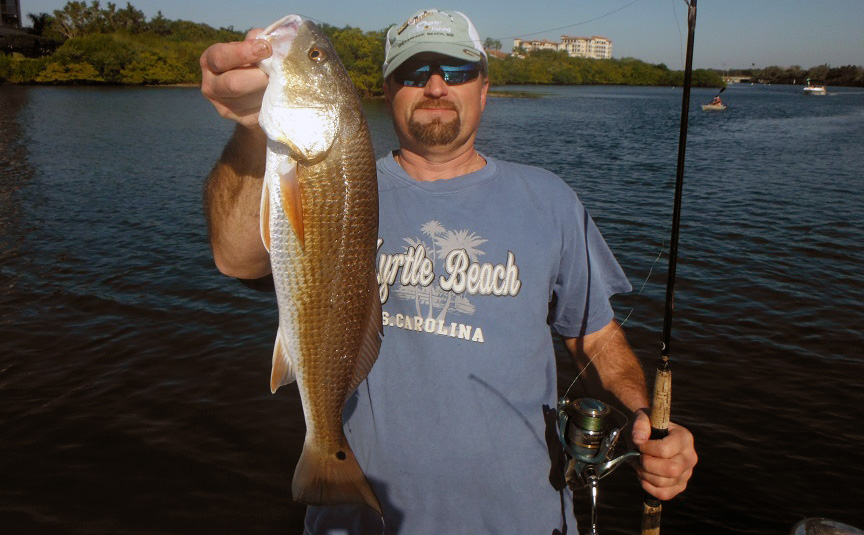
The same technique works very well for snook. As an added benefit, redfish, jack crevalle, and other species will be caught as well. There are a few differences in technique and tackle. 7′ rods with 20lb braided line work better for handling large fish near structure. I also use a #2/0-#40 circle hook to reduce fish mortality.
Larger baits generally work better when targeting snook. However, not as many baits are required. Once again, the strategy is to anchor up-wind and up-tide of a likely fish-holding spot. This can be structure in a pass, creek mouth, mangrove shoreline, oyster bar, or flat. This is a great way for an inexperienced angler or kid to catch a big fish!
Anglers should start off slow with the chum. Sometimes only a few baits are needed to get the fish going. Keep in mind, these are larger baits. Also, I usually don’t injure the baits when snook fishing, I just toss them in and let the fish chase them down. In most instances I free line the bait with no weight, however in shallow water, a small float may be required to keep the bait out of the grass.
In conclusion, anglers looking for fast action and variety should give live bait chumming a try!

